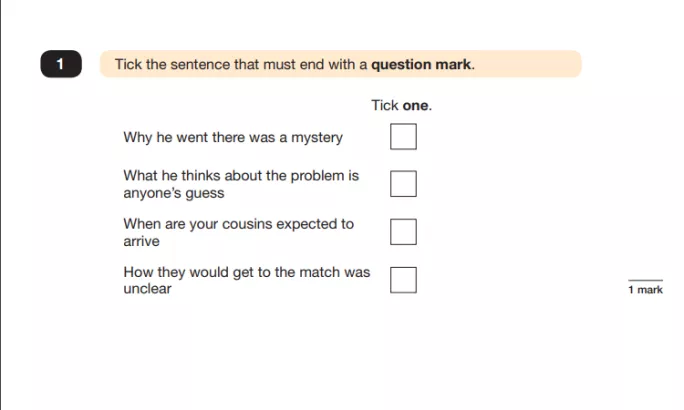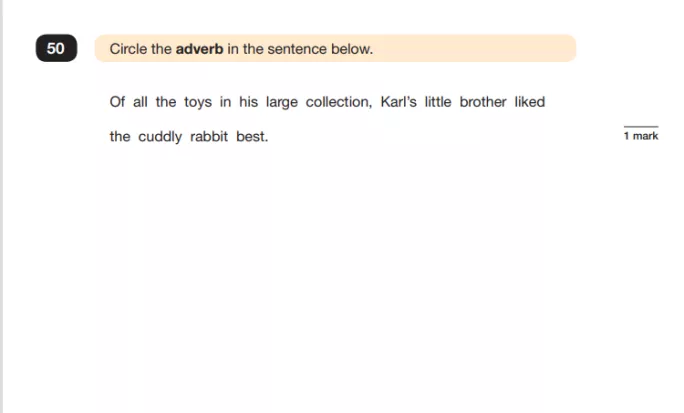Almost one in four Year 6 children failed to answer a question about semi-colons correctly in this year’s spelling, punctuation and grammar (Spag) test.
The question asked pupils where to put a semi-colon in the sentence “Come and see me tomorrow I will not have time to see you today” and was worth just one mark.
But it made national news headlines after it emerged that “secret” guidance had been given to markers on the correct size, height and orientation of the semi-colon, and that some pupils who had put the semi-colon in the right place in the sentence did not get the mark.
Now information obtained by Tes through a Freedom of Information request has revealed that 77 per cent of all candidates got the controversial question correct and 77.5 per cent of those who attempted it got it correct. The figures do not include any changes following successful appeals.
Michael Tidd, Tes columnist and deputy headteacher of Edgewood primary in Nottinghamshire, said: “Although semi-colon use is one of the higher-level punctuation skills, placing one in a pre-written sentence is a fairly basic use, and so its position very early in the paper didn’t seem exceptionally out of place.
“However [the fact] that nearly a quarter of children got that question wrong does raise questions about the suitability of the question - and particularly its marking.”
Writing consultant Pie Corbett, described the question as an “affront”.
“The basic thing is whether a child knows where the semi-colon goes, and surely we want to credit children with what they know,” he said. “It’s a grammar test, not a calligraphy test.
“If they are being tested on the slope of the comma, everyone needs to know that is what they are being tested on. When people set up testing systems and put things like that in, it’s not fair because no-one knew that was being tested and it is ridiculously pedantic.
“It’s the sort of thing that really, really annoys teachers and deeply upsets them. They find it a real affront and we shouldn’t be doing that to teachers.”
Unions demanded the publication of the “secret” guidance, saying that the difference between the published mark scheme, which teachers used to prepare appeals, and the advice given to markers could “erode confidence that children’s abilities are being assessed in a fair and transparent way”.
But the Department for Education has refused to publish the guidance, saying that publication would be likely “to risk adding to teacher, and in turn pupil, stress”.
The refusal to publish the guidelines was questioned by some teachers on Twitter - particularly as some Year 6 teachers will also be markers and so would have seen it.
The semi-colon question was the second question on the Spag paper. The FoI response reveals that there were 19 questions that pupils found easier on the 50-question paper.
The question that pupils were most likely to get right was the first question, which 96 per cent of all pupils got correct:
The hardest was question 50, which 19.7 per cent of all pupils got correct:
The Sats tests were taken by more than half a million 10- and 11-year-olds this year. The national results published in July revealed that 77 per cent reached the expected standard in Spag, up from 72 per cent last year.
The Department for Education has been approached for comment.
* The answer to question 1 is: When are your cousins expected to arrive?
* The answer to question 50 is: best
Want to keep up with the latest education news and opinion? Follow Tes on Twitter and like Tes on Facebook






